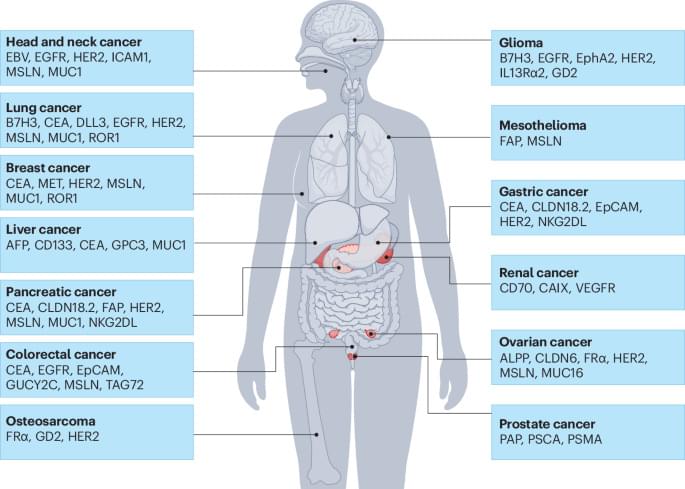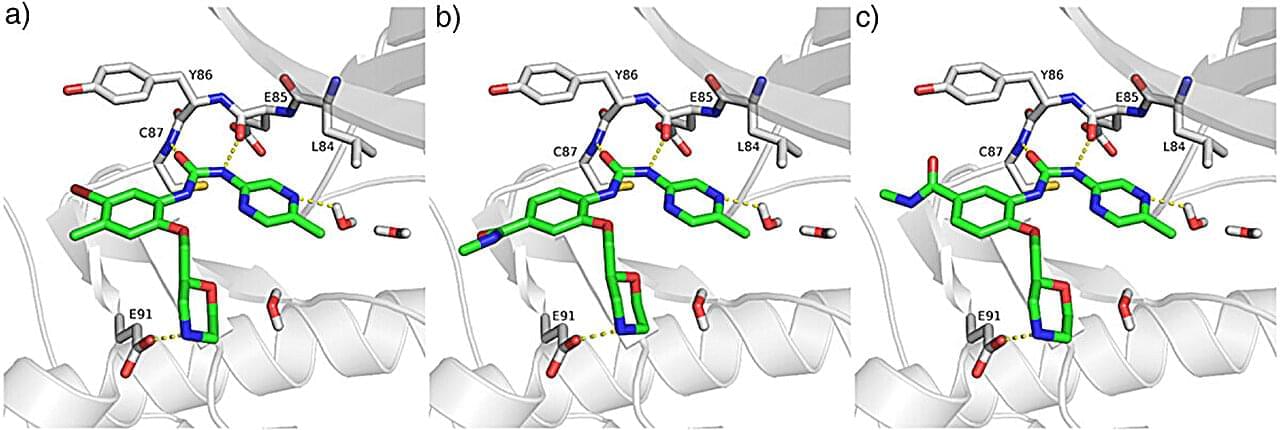While our understanding of Alzheimer’s disease is far from complete, the latest therapies, and others in more than 100 clinical trials, offer new hope.






“The mass flow rates from Enceladus are between 20 to 40 percent lower than what you find in the scientific literature,” said Dr. Arnaud Mahieux.
How much ice is Saturn’s moon, Enceladus, losing to space when it discharges its interior ocean? This is what a recent study published in the Journal of Geophysical Research: Planets hopes to address as a team of scientists investigated whether Enceladus’ plume environments, including discharge rates, temperatures, and ice particle sizes could be determined strictly from observational data. This study has the potential to help scientists develop new methods for exploring icy bodies, especially those like Enceladus that could harbor life within its liquid water ocean.
For the study, the researchers used a series of computer models to analyze data obtained from NASA’s now-retired Cassini spacecraft, which intentionally burned up in Saturn’s atmosphere in 2017 after running low on fuel. This was done to avoid potentially contaminating moons like Enceladus with microbes from Earth and interfere with potential life there. During its journey at Saturn and its many moons, Cassino both discovered and flew through the plumes of Enceladus, which are at the moon’s south pole and emit large quantities of water ice and other substances into space from its subsurface liquid water ocean. It’s the amount of water and ice these plumes discharge that have intrigued scientists, and the results were surprising.


Chimeric antigen receptor (CAR) T cell therapy is revolutionizing the treatment of haematological malignancies, but expanding applicability to solid tumours presents substantial challenges. This Review describes key strategies to optimize CAR T cell therapy for solid tumours across areas spanning from target selection to response and safety evaluation.
Anchorage-dependent cells are cells that require physical attachment to a solid surface, such as a culture dish, to survive, grow, and reproduce. In the biomedical industry, and others, having the ability to culture these cells is crucial, but current techniques used to separate cells from surfaces can induce stresses and reduce cell viability.
“In the pharmaceutical and biotechnology industries, cells are typically detached from culture surfaces using enzymes—a process fraught with challenges,” says Kripa Varanasi, MIT professor of mechanical engineering. “Enzymatic treatments can damage delicate cell membranes and surface proteins, particularly in primary cells, and often require multiple steps that make the workflow slow and labor-intensive.”
Existing approaches also rely on large volumes of consumables, generating an estimated 300 million liters of cell culture waste each year. Moreover, because these enzymes are often animal-derived, they can introduce compatibility concerns for cells intended for human therapies, limiting scalability and high-throughput applications in modern biomanufacturing.

A new active substance attacks a key protein in tumor cells, leading to complete degradation. In cell experiments, this caused cancer cells to lose their protection and die. The active substance was developed by researchers at the Martin Luther University Halle-Wittenberg (MLU) and the University Medical Center Mainz. Other substances usually try to inhibit the activity of the protein “checkpoint kinase-1” (CHK1). However, if the protein is completely broken down, a chain reaction is triggered which leads to other tumor proteins being destroyed. Thus, the cancer cells are further weakened.
The new study was published in Angewandte Chemie International Edition.
Usually, CHK1 is a vital protein for the human body. If errors occur during cell division and the genetic material is damaged, the protein halts the process so that the cell can repair it before proceeding. However, the protein does not distinguish between normal cells and tumor cells—it protects them equally.

The central clock drives metabolic rhythms in muscle stem cells.
Sica et al. show that the circadian clock in the brain controls daily rhythms in muscle stem cells. These rhythms affect stem cell metabolism and repair capacity, even in the absence of a local clock. The findings reveal how central signals shape tissue-specific stem cell functions through systemic cues like feeding.